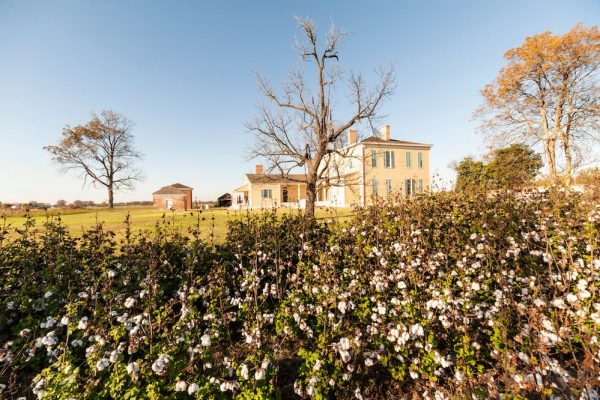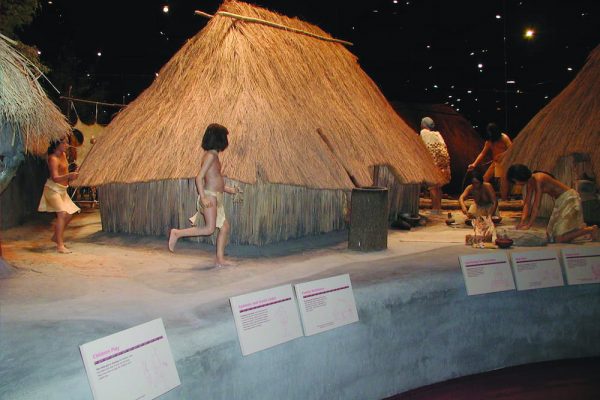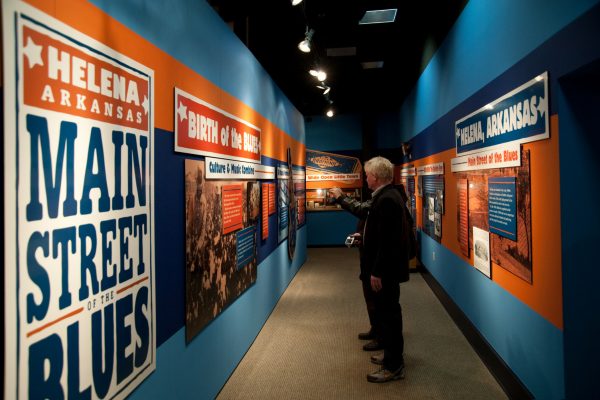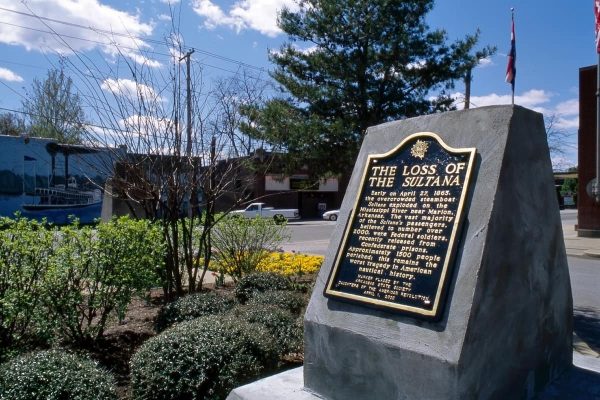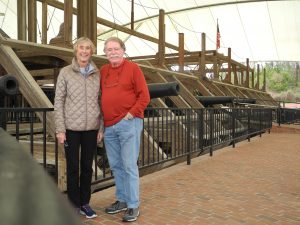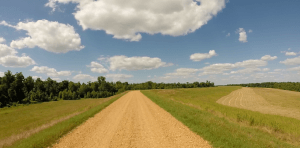Some of the most beautiful scenery in America can be found in the Mississippi River Valley, and the Great River Road is the route that will take you there. You’ll pass scores of gorgeous parks and natural areas—here are some of the finest that offer a chance to experience nature on and off the water.
Reminder: Local and state safety regulations may lead to reduced hours or changes in operations. Please contact specific businesses or attractions for more information before you visit.
Effigy Mounds National Monument, Iowa
In this important national park in Iowa, you’ll find more than 200 earthen effigy mounds. Taking the shapes of a bird, bear, deer, bison, lynx, turtle or panther, these mounds were built by Native Americans 750 to 1,400 years ago for ceremonial purposes. The best way to tour the 2,526-acre park is to hike along the 14 miles of trails that wind their way through the landscape of forests, tallgrass prairies and wetlands. Along the way you’ll see some dramatic views of the Mississippi River.
Columbus-Belmont State Park, Kentucky
Discover a mix of natural beauty and history at this gorgeous Kentucky state park. The park is uniquely educational, standing as a National Trail of Tears Site, and featuring a museum highlighting Civil War history—it was once a civil War hospital. Visitors can enjoy the natural wonders of Kentucky by camping out at one of the park’s 38 sites and hiking along picturesque bluffs of the Civil War Heritage Trail.
Mississippi River State Park, Arkansas
Adventure awaits in this family-friendly park in Marianna. The park is popular for fishing, boating and kayaking excursions. The park is located within the 3,000-acre St. Francis National Forest, and there are seven bodies or water to explore. You’ll also find scenic hiking trails, welcoming picnic facilities and two swimming beaches.
Black Hawk State Historic Site, Illinois
Along the Rock River in Rock Island, Illinois, you’ll find the Black Hawk State Historic Site. It’s a wooded, steeply rolling 208-acre park that has a scenic 3-mile hiking trail that will take you along the Rock River and through a nature preserve. Prehistoric Indians and 19th century settlers made their homes here, but the area is most closely identified with the Sauk Nation and the warrior-leader Black Hawk. Discover the history of Black Hawk and the Sauk and Meskwaki people by visiting the park’s John Hauberg Museum.
Poverty Point World Heritage Site, Louisiana
Hike through time, history and natural beauty at this important site in Louisiana. Poverty Point is the location of a massive earthen structure that was built thousands of years ago. Archaeologists are still uncovering its secrets, but it’s believed to be an ancient residential, trade and ceremonial center. The site features a 2.7-mile trail that will take you through this amazing place and past carpets of seasonal wildflowers.






